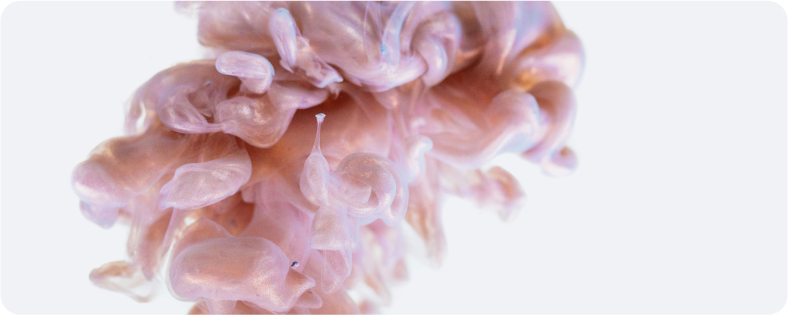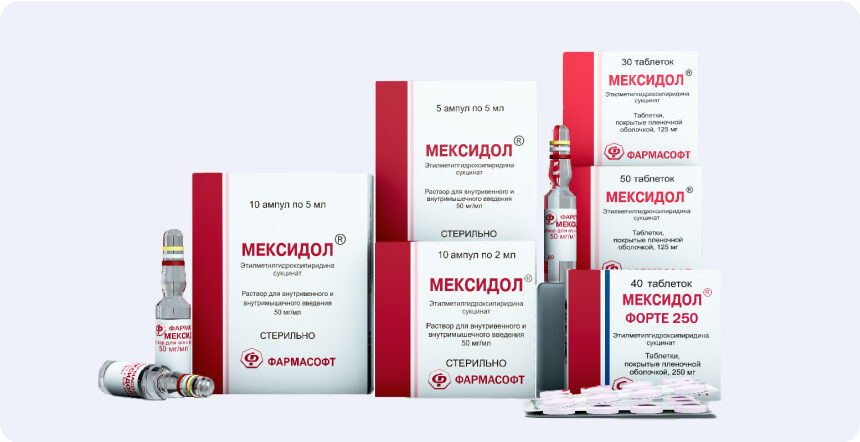In foreign neurological practice, chronic ischemia of the brain is not considered as an independent nosological form, but vascular cognitive disorders are distinguished, which are considered the main clinical manifestation of chronic cerebrovascular disease [2]. In the last classification of syndromes and diseases of mental disorders (DSM-5), moderate vascular neurocognitive disorder and large vascular neurocognitive impaired (vascular dementia) is distinguished among vascular cognitive disorders [3]. In Russia, several schools of neurology have historically have, and in each this brain dysfunction is indicated in different ways. The concepts of “chronic brain ischemia”, “discirculatory encephalopathy”, “chronic cerebrovascular disease (HCVZ)”, “chronic brain disclosure deficiency”, “coronary brain disease”, “vascular encephalopathy”, atherosclerotic encephalopathy ”are used [1]. In the ICD-10, the chronic forms of the CVP are set out in the chapter “Circulatory Pathology” in the section (I67.0-I67.9) “Other Cerebrovascular Diseases”, which looks as follows [ICD 10-other cerebrovascular diseases (I67) (MKB-10) (MKB-10 .com)] :
- I67.2: cerebral atherosclerosis (as independent nosology is not used);
- I67.3: progressive vascular leulyopalopalopathy (in the absence of dementia; otherwise it is classified as Binswanger's disease);






